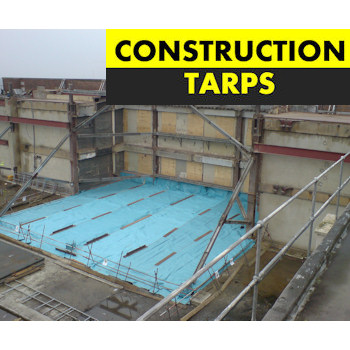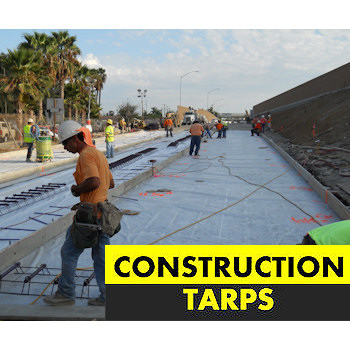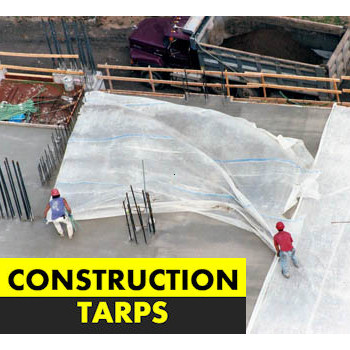
When it comes to ensuring a solid and durable concrete, preparation is extremely essential. This goes particularly true in regions where temperature and weather frequently change. If you want to avoid having an unacceptable result to all your hard work, here are 10 things that can keep your concrete in top form.
- As a rule of thumb, never pour concrete on ice or snow. One good reason is that frozen ground tends to settle when it thaws. This results in cracking and crusting.
- If pouring concrete on frozen ground is inevitable, use a hydronic heat pipe or blankets first to thaw it.
- Take out any standing water, ice or snow on the ground where you’ll be pouring your concrete

- Make sure that everything on the ground is warmed up to 32°F, including all embedments.
- Be prepared, even if you think it won’t get cold. Have blankets and lights available in case the concrete settles slowly.
- For decorative concrete, make sure that it is above 50°F. You can keep a dial pocket thermometer or an infrared thermometer around to make sure. Frequently check the temperature of the concrete and the surrounding air as much as possible.
- For colored concrete, avoid using calcium chloride accelerator as it can result in a milky appearance over time. Your best option is to use colored cures and waxes instead.

- Stamped concrete is easier to work with, even during the cold. As long as you are able to prevent the blanket from scratching the surface, you won’t have any issues. For sealers, however, you may have to wait until spring comes to clean and seal it.
- To avoid getting a mottled result, add a barrier between the blanket and the concrete. A clear cure or layers of landscape fabric often do the trick.
- Instead of waiting for the concrete to dry, which can delay the finishing procedures, go for cold weather concreting procedures. They are more economical and won’t affect your profits.
